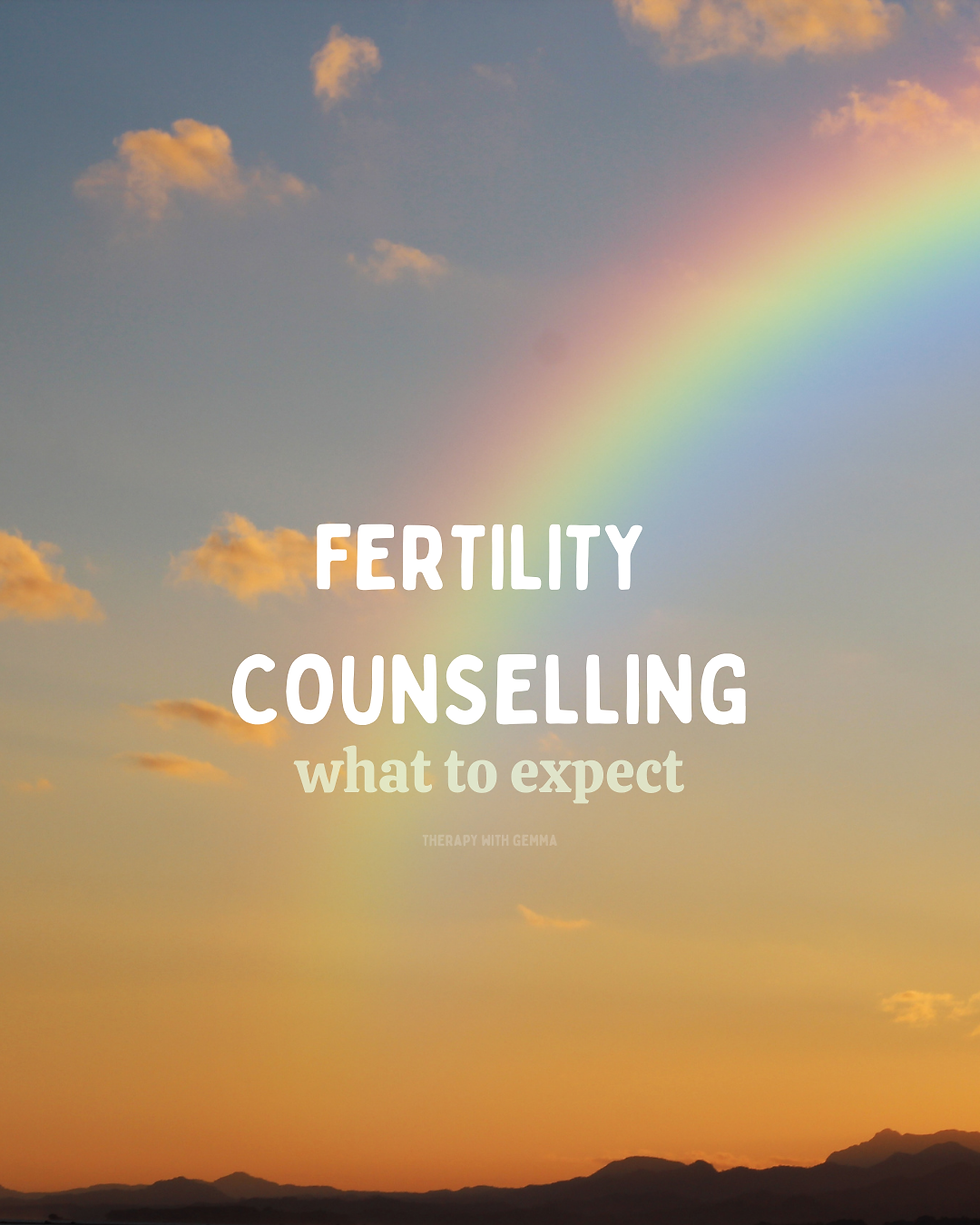Honoring and Healing your Inner Child
- gemmasands
- Nov 9, 2023
- 2 min read

I know..pretty cute right?! I loved that singing Mother Goose, you used to lift up her wing and put a cassette tape in and she would read the story of Mother Goose or a nursery rhyme with her beak moving along to the tape.
I wanted to write something on healing and honoring your inner child. Many things (not all) that crop up in therapy relate to things that happened in our childhood or formative years, so it can be important to look back in order to heal.
Your inner child represents the younger version of yourself, carrying the memories, emotions, and experiences from your early years. Nurturing and healing this inner child can be a transformative and empowering process, unlocking a deeper understanding of ourselves and fostering emotional resilience. There may be frozen needs- needs that weren't met during our childhood that still impact our day to day life now, so let's look at how we can look within and work to heal those elements;
Understanding the Inner Child:
Our inner child holds the echoes of our past, both the joyful and the painful. Childhood experiences, whether positive or negative, shape our beliefs, behaviors, and emotional responses in adulthood. By acknowledging and understanding this inner child, we can begin the process of healing.
Acknowledgment and Compassion:
The first step towards healing your inner child is acknowledgment. Take a moment to reflect on your past experiences and recognize the emotions associated with them. Whether it's moments of joy or instances of pain, approach your inner child with compassion. Imagine embracing that younger version of yourself, offering comfort and understanding.
Revisiting Past Wounds:
Revisiting past wounds can be challenging but is crucial for healing. Identify specific events that may have left emotional scars. Allow yourself to feel the emotions associated with those memories. Journaling can be a powerful tool in this process, providing a safe space for expression and reflection.
Reparenting Your Inner Child:
Reparenting involves providing the love, support, and nurturing that may have been lacking in our early years. As your own caregiver, practice self-compassion and self-care. Consider the activities that bring you joy and incorporate them into your routine. Cultivate a positive inner dialogue, replacing self-criticism with words of encouragement and understanding.
Creative Expression and Play:
Engage in activities that reconnect you with the playful and imaginative aspects of your inner child. Whether it's through art, music, or play, allow yourself to express freely. Creative expression can be a therapeutic outlet for processing emotions and rediscovering a sense of wonder.
Seeking Professional Support:
Healing your inner child may also benefit from the guidance of a mental health professional. A therapist can provide a supportive environment for exploring past traumas, developing coping mechanisms, and facilitating the healing process.
Healing your inner child is a profound journey of self-discovery and self-love. By acknowledging past wounds, offering compassion, and engaging in nurturing practices, you can create a foundation for emotional well-being and resilience. Remember, the journey may be challenging, but the rewards of a healed inner child are immeasurable—a deeper connection with yourself and the capacity to navigate life with greater understanding and compassion.


Comments